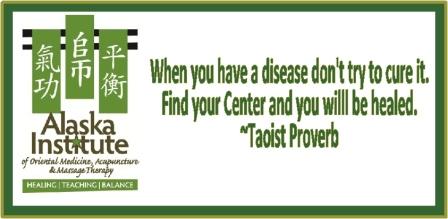Tapping creates a vibration which dissipates energy, like waves going out in
ripples from a drip. This is a very different technique as compared to the
pressing down in Acupressure, or the forceful command of an inserted
Acupuncture needle. The tapping is
gentle, encouraging, yet nurturing at the same time. It feels safe and
non-threatening, so it doesn’t challenge strong emotions as much as it allows
them – directly along with the language that acknowledges them.
This article assumes you have some knowledge of EFT Tapping. To learn more, I’ve provided some links at the end.
This article assumes you have some knowledge of EFT Tapping. To learn more, I’ve provided some links at the end.
Image courtesy of: http://www.thrivingnow.com/
SI-3 Hou Xi (Karate Chop Point)
Significantly, this is the Master Point of Du Mai. As one of the 8-Extraordinary Meridians, Du Mai energetically relates to carrying all the Events/Facts of our life story. In addition, as a Fire Element point SI-3 calms the Spirit and can help subdue anxiety. By tapping this point while holding our attention on a precise event tied to strong emotions, we send an energetic message that sets a tone (resonance) to find THIS event and corresponding energy in our system, while at the same time quieting our Spirit.
BL-2 Zan Zhu (Inner Eyebrow)
GB-1 Tong Zi Liao (Outside of Eye)
ST-2 Si Bai (Bottom of Eye)
These 3 points surround the eyes – a strong organ of perception (for those who have eyesight). Think “How do I see this situation?” Our eyes correspond to both seeing our external world, and we also relate them to our “Inner Vision”, which can become clouded by strong emotions. The meridians involved with these points completely surround our body, from head to feet. The Bladder Meridian covers our back, the Gall Bladder Meridian covers our sides, and the Stomach Meridian covers our front. Like 3 Grandfather Trees, this invokes strong protective energy to surround us on all sides.
DU-GV-26 Shui Gu, Ghost Palace (Under Nose)
REN-CV-24 Cheng Jiang, Ghost Market (Chin)
The 2 points that surround the mouth have a dual significance in that they are both Ghost Points that deal with things that ‘haunt’ us, or emotions – thoughts - situations that seem to have control over us, and they also activate the Ren and Du Channels. Remember the Du Channel, which is also activated in the beginning via the Karate Chop Point, is related to all of the events/facts in our life story. The Ren Channel relates to the meaning and emotions we associate with all of the corresponding events in our story. Because these points surround the mouth, think “How do I speak about this situation – what words do I use?” Our words apply to what we verbally say, the internal words we think but don’t speak, and our on-going back-of-the-mind chatter.
KI-27 Shu Fu (Collar Bone/Sternum)
As part of the Water Element, the Kidney Meridian has associations with Fear. It’s said that everything can be simplified to being based in either Love or Fear. When we use this point with strong emotions, it calls the Water energy to carry the Fear aspect of the energy involved through the channel. KI-27 is found at the end of the pathway that cleanses energy by carrying it directly over the Heart Center. It must be cleansed before it enters the next channel in the natural flow of Qi, the Protector of the Heart, the energy in charge of Gratitude and Appreciation.
SP-21 Da Bao (Under Armpit)
This is the Master Point that opens the connecting grid of Qi flow throughout the entire body. If energy is stuck anywhere – including emotional energy blocks – this point will create a surge to get the energy to dislodge and merge back into the overall flow. Once moving it can be transformed and harmonized into something either more beneficial to our system, or at least neutralized so it’s not causing more lingering pain or suffering. It is also of significance that this point is on the sides of the Heart Center.
GV-20 Bai Hui (Top of Head)
100 Yang Energies converge at this point, which is also the opening of our Crown Chakra. This point clears the mind and allows for our Higher Self to influence our way of thinking into more positive and inspiring meanings. When used as the last point in tapping, this point can help us finalize our NEW story that started as emotional upset, and has now morphed into a calm, confident, empowering sense of reality.
To learn more about Emotional Freedom Technique, or EFT Tapping, I recommend one of the following websites:













